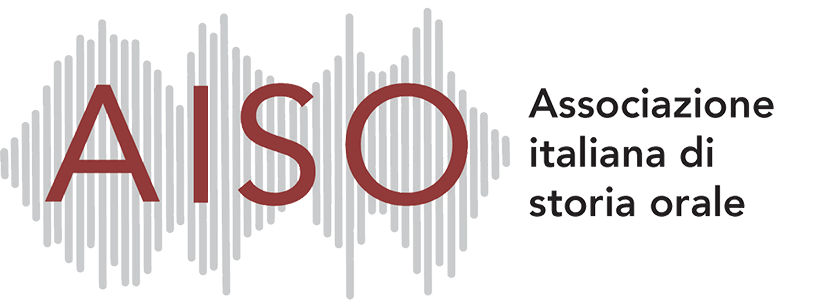Violence, destruction and extermination annihilation are essential parts of the memory of the 20th century. The totalitarian systems and the world wars have cost the lives of millions of people. Numerous sites across Europe were heavily affected – they were destroyed or completely disappeared from the map. While crimes as in Coventry, Lidice and Oradour-sur-Glane became symbols of inhuman acts and shaped (trans)national narratives, other acts of destruction left hardly any traces in the collective memory. They did not find entrance into the sphere of a broader victim narrative. Some sites survived in the knowledge and grief of a small group of people or received attention by historical research. The relics of the concentration camp Sobibor for example are expanded to an official memorial now.
The 13th East-West European memorial meeting in Kreisau makes the “vanished places” – sites of memory subject of discussion, that tell the story and remind pars pro toto of acts of violence. The term “sites of memory” therefore is broadly in line with Pierre Nora’s lieux de mémoire, however, with a focus on material existing sites and their products. Because of wars and political upheaval, of forced migration of millions of people and of border changes, many sites got new meanings new meanings other ones got partially lost. Entanglements and multiple encodings of one and the same site of memory are characteristic especially for Central and Eastern Europe.
